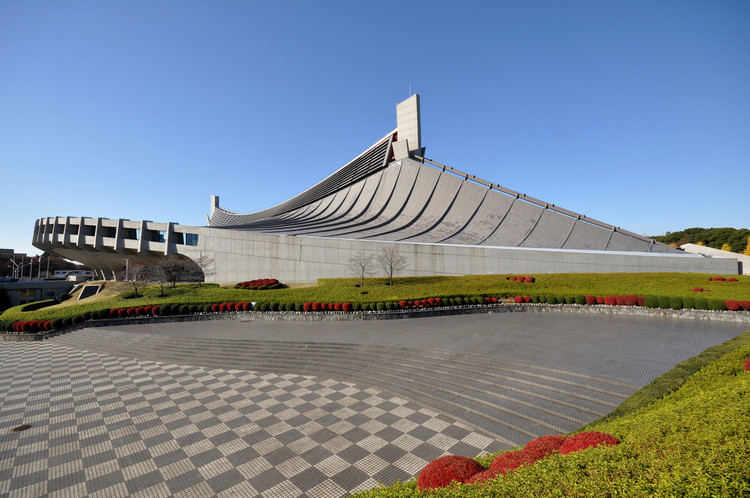40. Charles Correa
Education: University of Michigan, Massachusetts Institute of Technology
Notable works: Jawahar Kala Kendra, National Crafts Museum, Bharat Bhavan
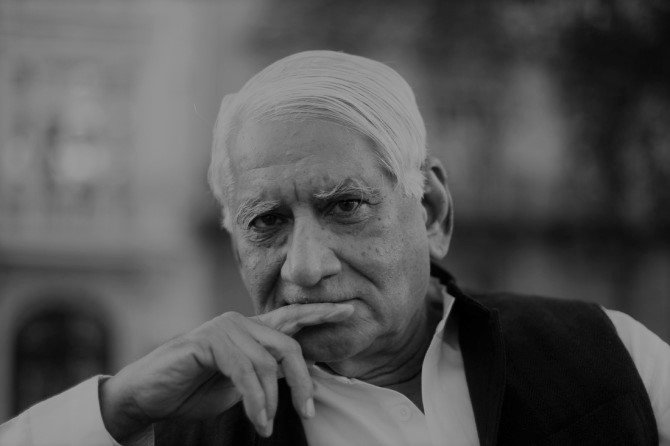
Quote: “Market forces do not make cities, they destroy them”
Charles Correa, widely known for his works in contemporary architecture, played an important and vital role in the development of architecture in India. Correa’s early work combined traditional architectural values—as embodied in the bungalow with its veranda and the open-air courtyard—with the Modernist use of materials exemplified by figures such as Le Corbusier, Louis I. Kahn. In particular, Correa was influenced by Le Corbusier’s use of striking concrete forms. The importance of the site was a constant in Correa’s approach. In his works he tries to complement the Indian landscape.
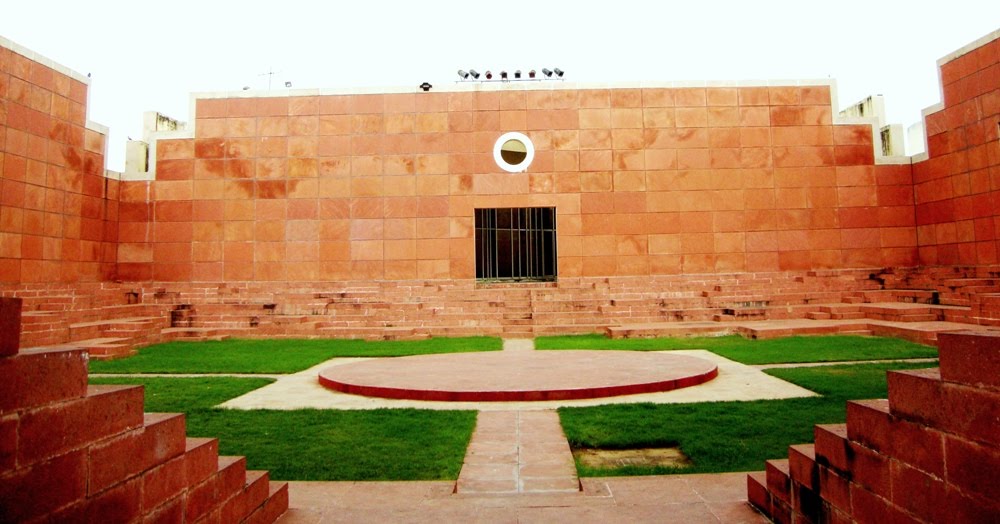
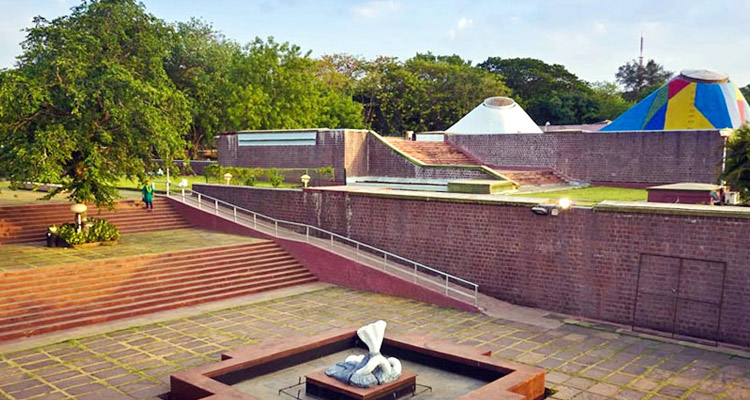
39. Daniel Libeskind
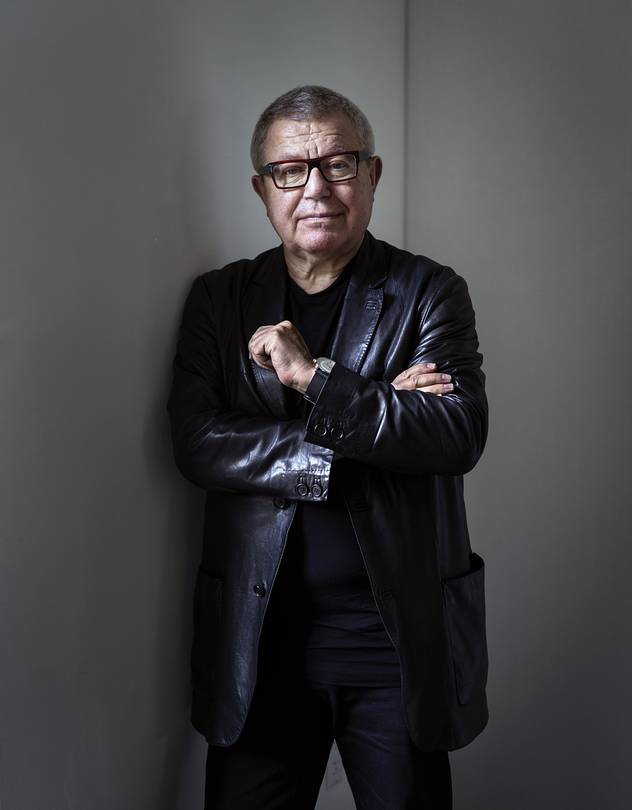
Education: Cooper Union for architecture
Notable works: Grand Canal Theatre in Dublin, Imperial War Museum North in England, Michael Lee-Chin Crystal in Toronto
Quote:“To provide meaningful architecture is not to parody history but to articulate it.”
Daniel Libeskind is renowned for his ability to evoke cultural memory in buildings. Inspired deeply by music, philosophy, literature, and poetry, he aims to create architecture that is resonant, unique and sustainable. His work is often described as Deconstructivist, a style of postmodern architecture characterized by fragmentation and distortion.
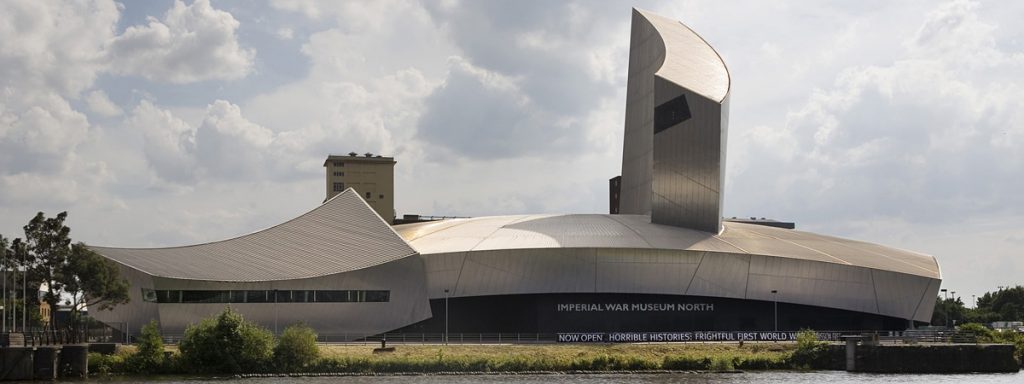
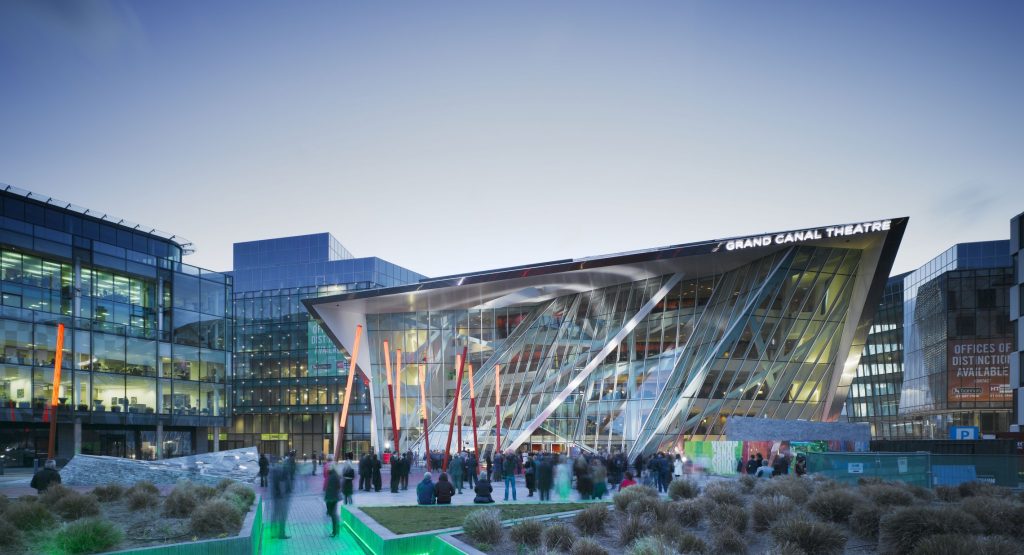
38. David Childs
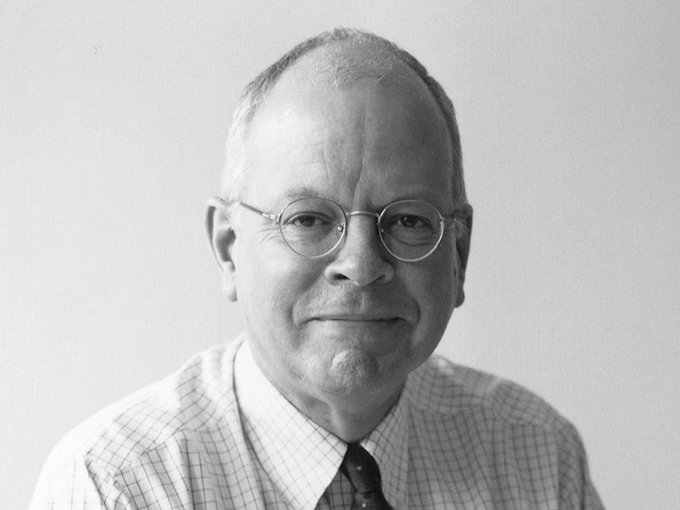
Education: Yale School of Architecture
Notable works: Bertelsmann Building, Worldwide Plaza, Time Warner Center, 7 World Trade Center
Quote: “It was a strange building because it had to go ahead right away. It didn’t wait for any approvals or master plans.”
David Magie Childs is an American architect and chairman emeritus of the architectural firm Skidmore, Owings & Merrill. He is still a consulting partner at the firm and he is currently responsible for the redesign and construction of the new One World Trade Center in New York.
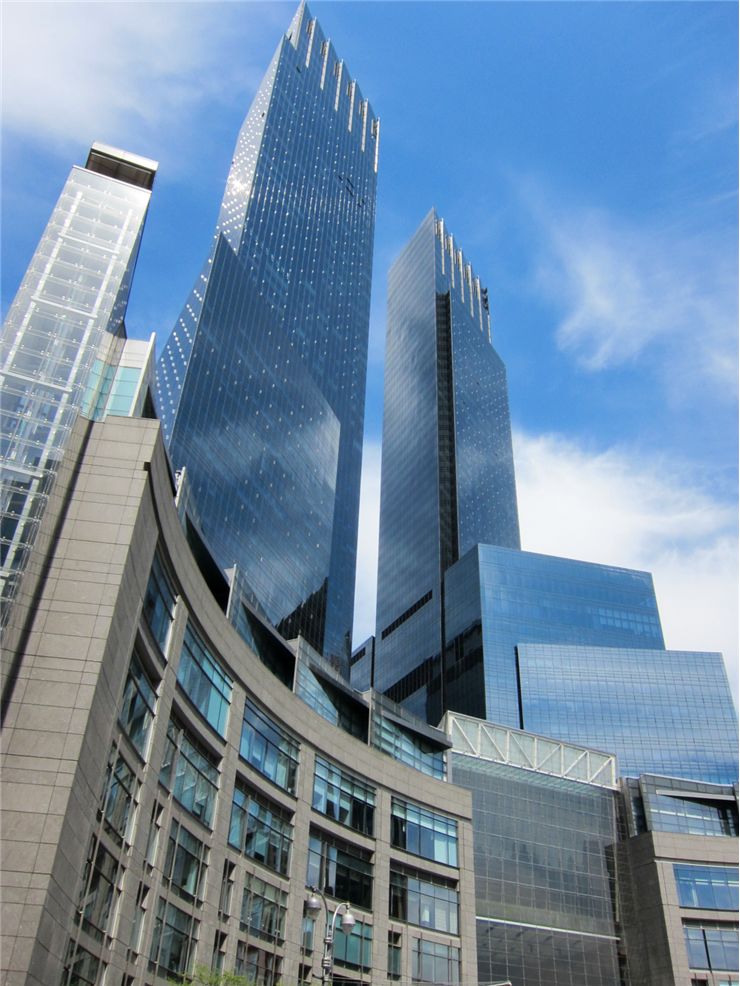
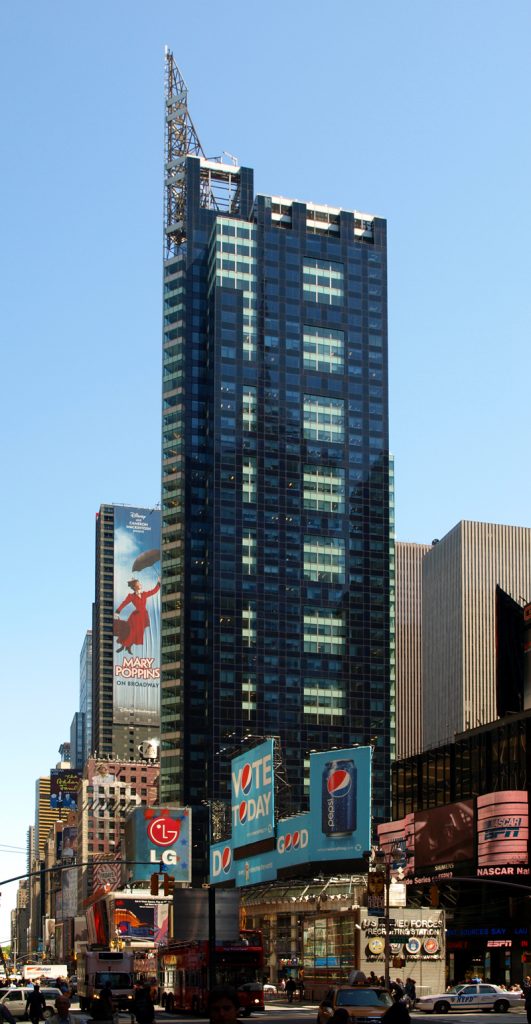
37. Eero Saarinen
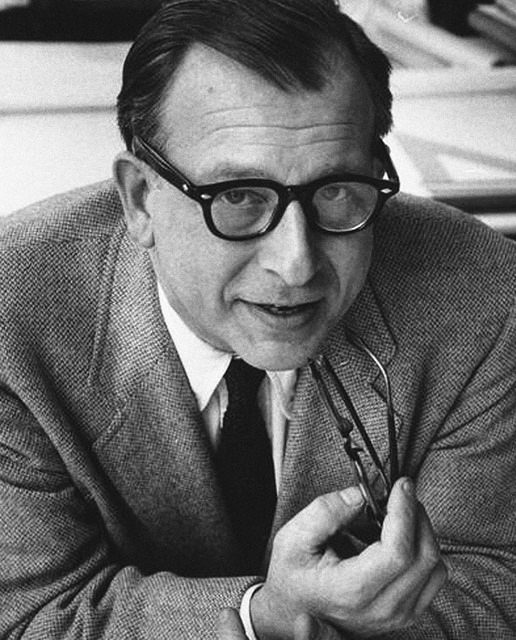
Education: Académie de la Grande Chaumière, Yale School of Architecture
Notable works: Kleinhans Music Hall, Gateway Arch, Christ Church Lutheran, TWA Terminal
Quote:“Function influence but does not dictate form”
Eero Saarinen’s work was a series of dramatically different designs that displayed a richer and more diverse vocabulary. He introduced sculptural forms that were rich in architectural character and visual drama in contrast to the existing modern architecture. Saarinen’s keen grasp of history and culture helped him understand the context in which his buildings would be inserted, and the strong connections that they make with their surroundings points to why nearly all of his major buildings have survived nearly unchanged to the present day.

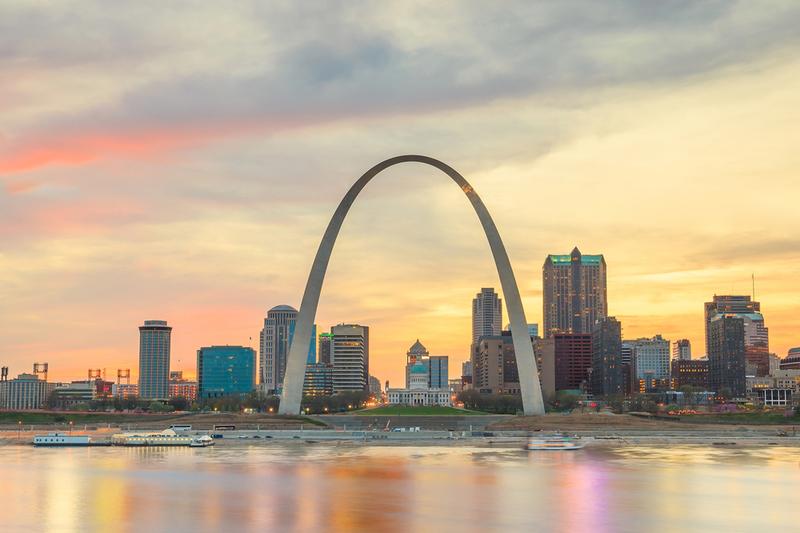
36. Frank Gehry
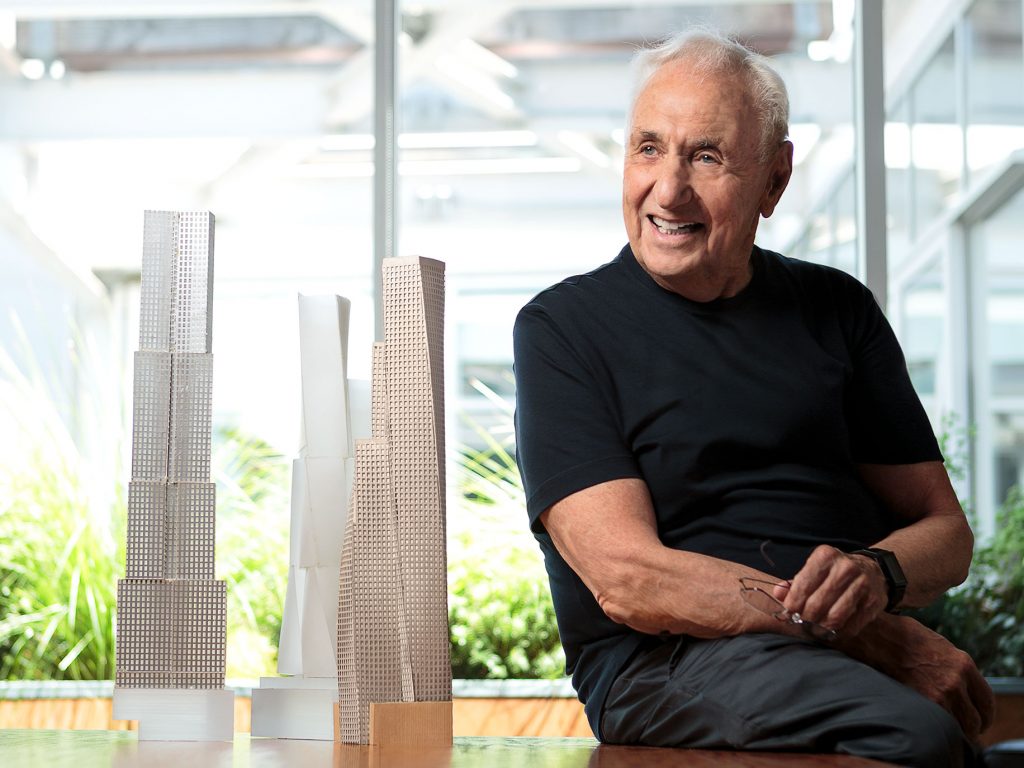
Education: Bachelor of Architecture from University of Southern California; Graduate studies in City planning from Harvard school of Design but left before completion
Notable works: The Walt Disney Concert Hall in Los Angeles, The Guggenheim Museum in Bilbao, Der Neue Zollhof in Düsseldorf and the Marqués de Riscal Vineyard Hotel in Elciego
Quote:“I don’t want to do architecture that’s dry and dull”
Frank Owen Gehry is a Canadian architect born in Canada, currently a United States resident based in Los Angeles. His Architectural creations are the most distinctive, and innovative and deconstructive forms are iconic phenomena around in this century in this architecture world. His ability to create spaces that manipulate forms and surfaces is his most notable feats and his unique uses of materials that almost defy all logic in how they work together.
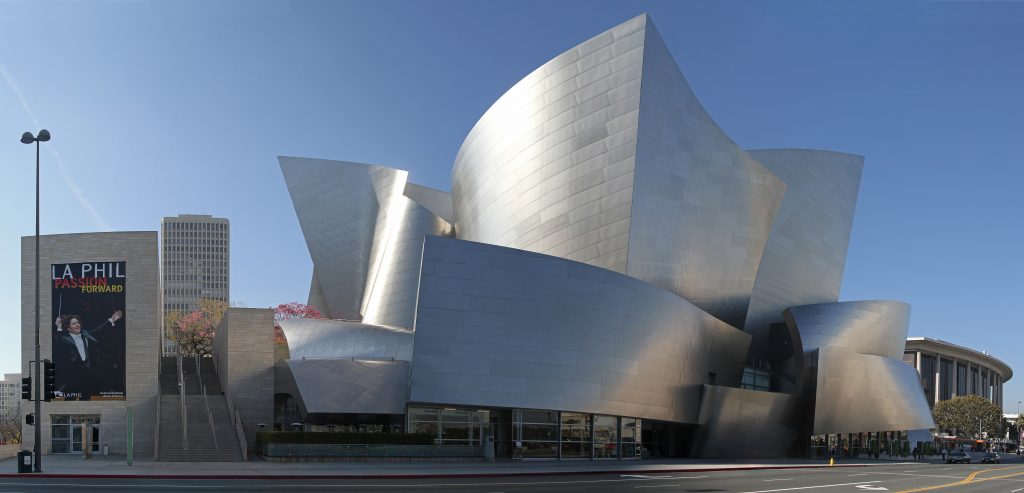
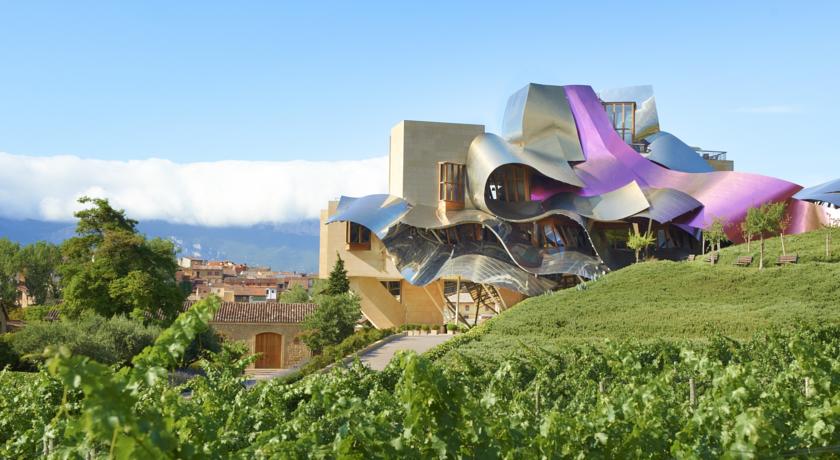
35. Frank Lloyd Wright

Education: University of Wisconsin–Madison(drop out)
Notable Works: Guggenheim Museum New York city, Falling water, Imperial hotel
Quote: “The mother art is architecture. Without an architecture of our own we have no soul of our own civilization.”
Wright believed in designing structures that were in harmony with humanity and its environment, a philosophy he called organic architecture. Wright also helped create the open floor plan—designing rooms that flow and open out into each other. His appreciation of nature is apparent in his work and most of his works were inspired from nature and how to settle his creation with harmony in the environment.
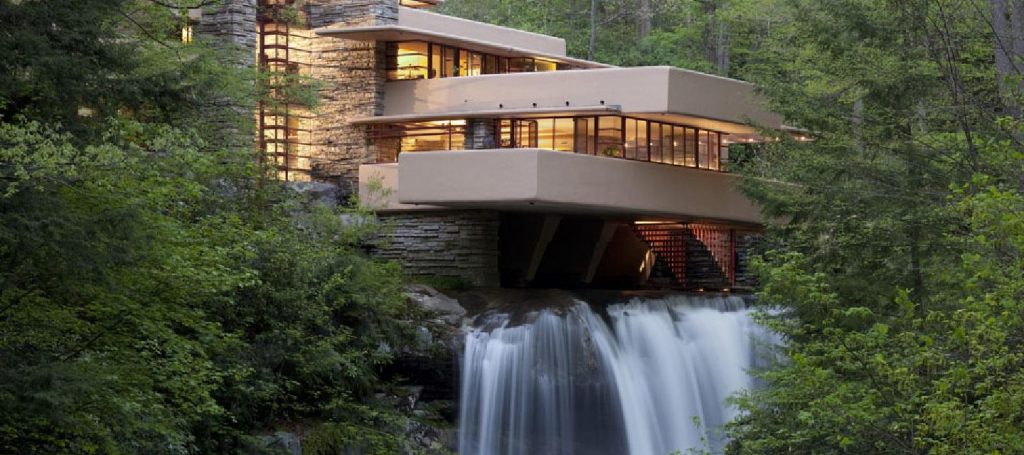
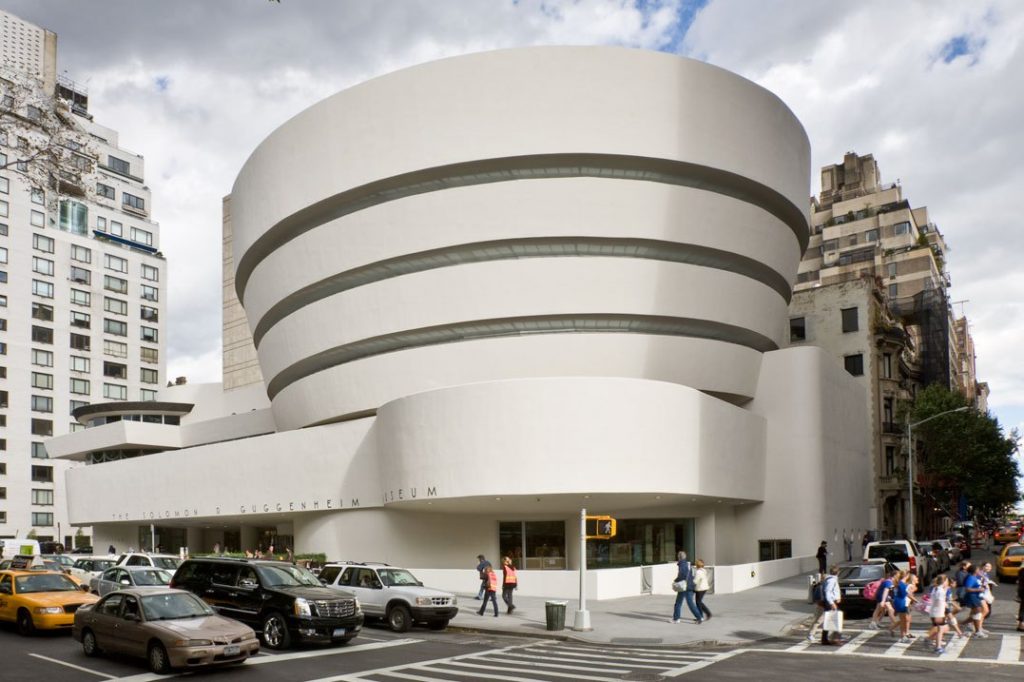
34. Harry Seidler

Education: University of Manitoba, Harvard Graduate school of Design
Notable works: Rose Seidler House, Blues Point Tower, Australia Square Tower, Harry and Penelope Seidler House, Hong Kong Club Building
Quote:“Architecture is not an inspirational business, it’s a rational procedure to do sensible and hopefully beautiful things; that’s all.”
Harry Seidler, was an Austrian-born Australian architect who is considered to be one of the leading exponents of Modernism’s methodology in Australia. His work was greatly influenced from his four mentors: Walter Gropius, Marcel Breuer, Josef Albers and Oscar Niemeyer. The form of Seidler’s work changed as building technology changed: from his timber houses in the 1950s, to reinforced concrete houses and buildings in the 1960–1980s and the development of curves (in plan shapes) with advances in concrete technology in the 1980s and later, as well as developments in steel technology that allowed for curved roofs in the 1990s onwards.
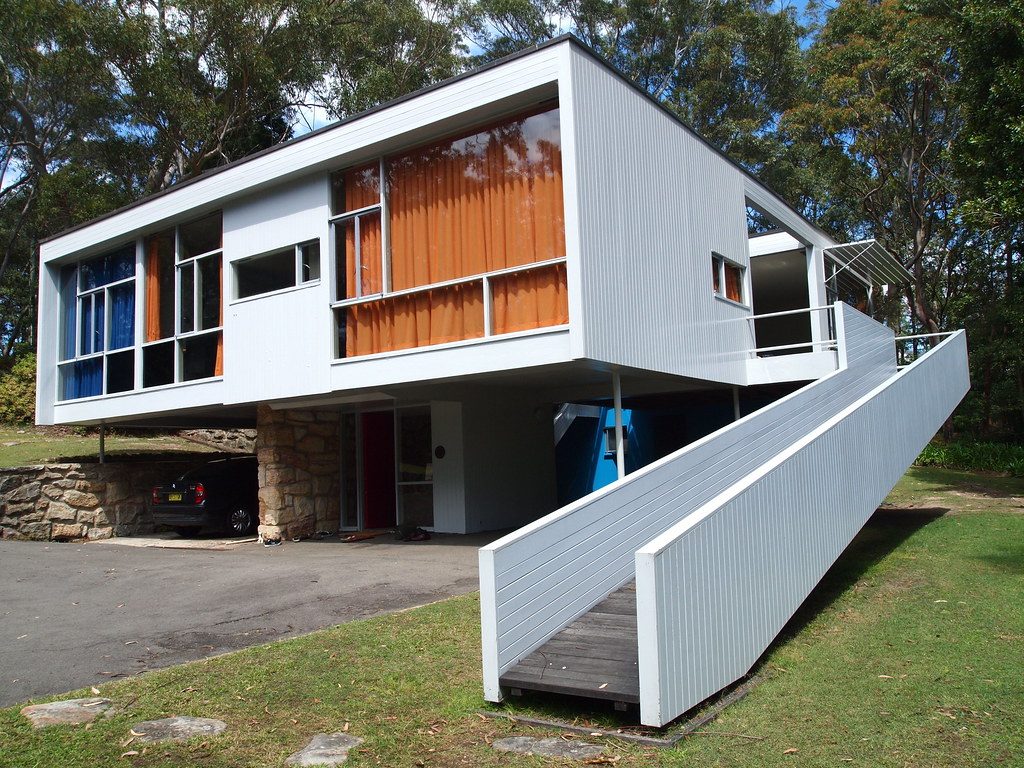
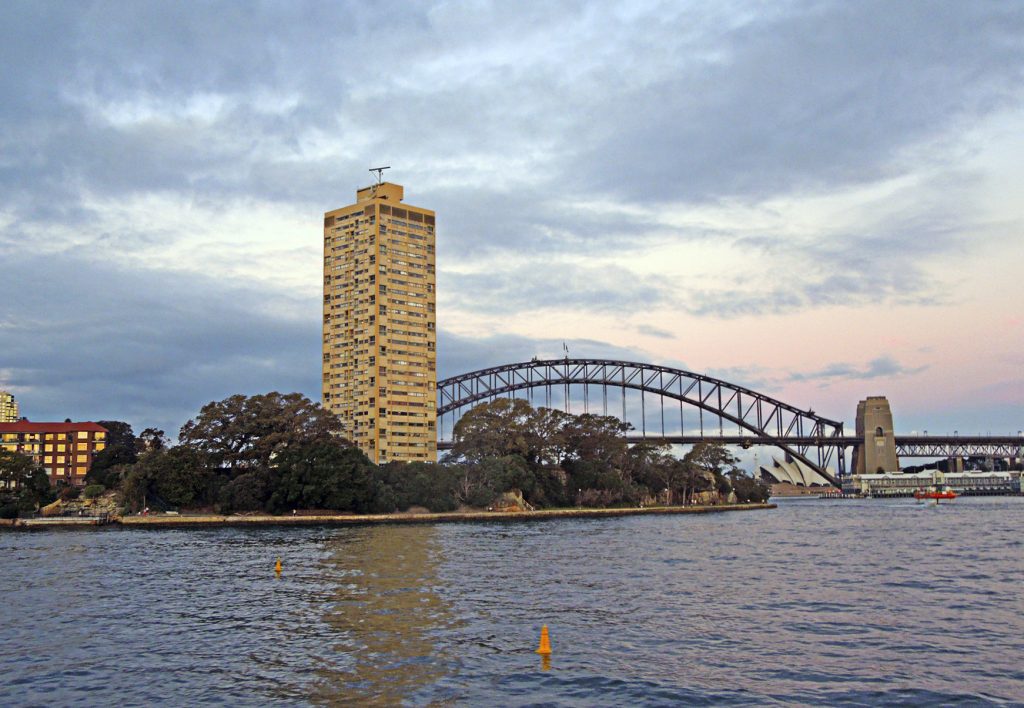
33. I M Pei

Education: Graduated from Massachusetts Institute of Technology and then studied in Harvard Graduate School of Design.
Notable works: John F Kennedy Library, Louvre Pyramid, Museum of Islamic Art
Quote: “A lasting architecture has to have roots.”
Ieoh Ming Pei was a Chinese American Architect. Pei’s style was described as thoroughly modernist, with significant cubist themes. He was known for combining traditional architectural principles with progressive designs based on simple geometric patterns—circles, squares, and triangles are common elements of his work in both plan and elevation.
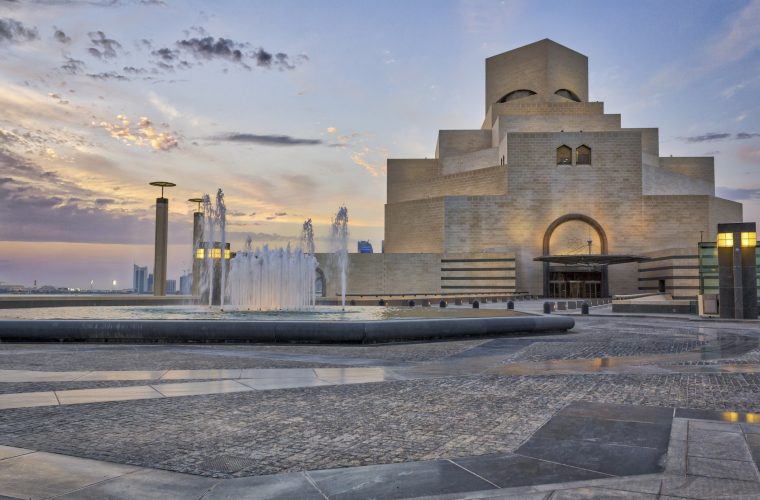
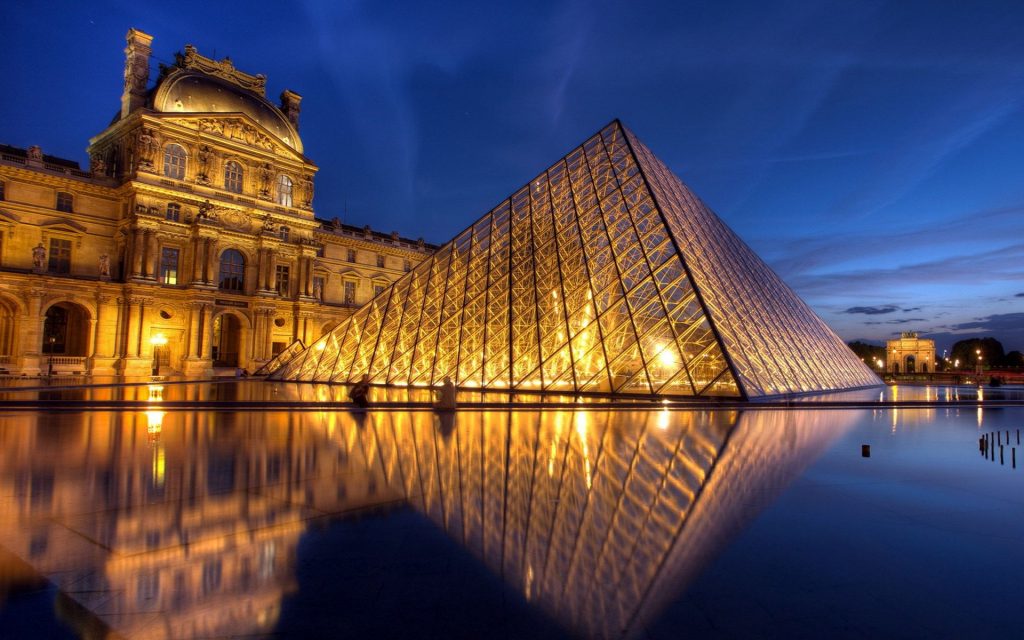
32. Jean Nouvel
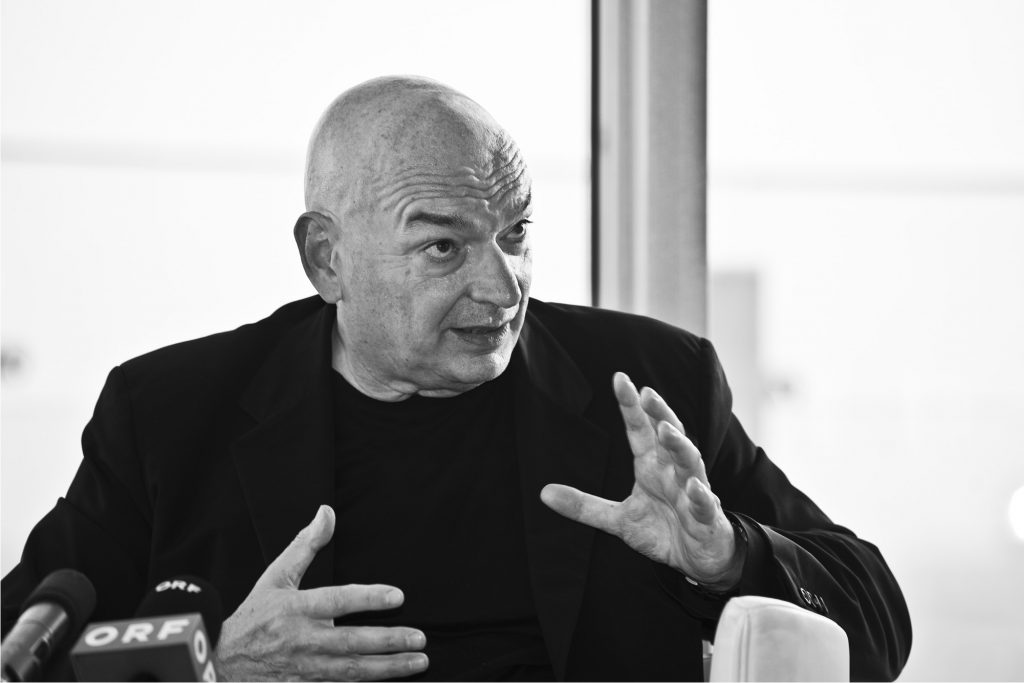
Education: École nationale supérieure des Beaux-Arts
Notable works: Louvre Abu Dhabi, Agbar Tower, One central Park, National Museum of Qatar
Quote:“Each new situation requires a new architecture.”
While many architects develop a unique style that allows their buildings to be instantly identified, Jean Nouvel continually defies easy classification. He doesn’t limit himself to one style. His projects are experimental and boundary-pushing designs, which frequently combine high-tech advancements and brilliant colors.
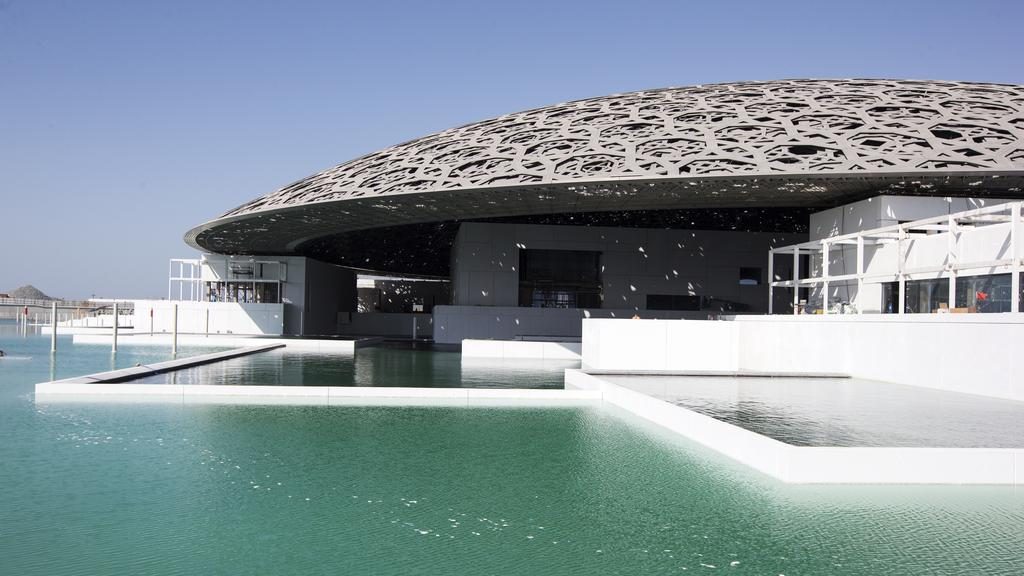
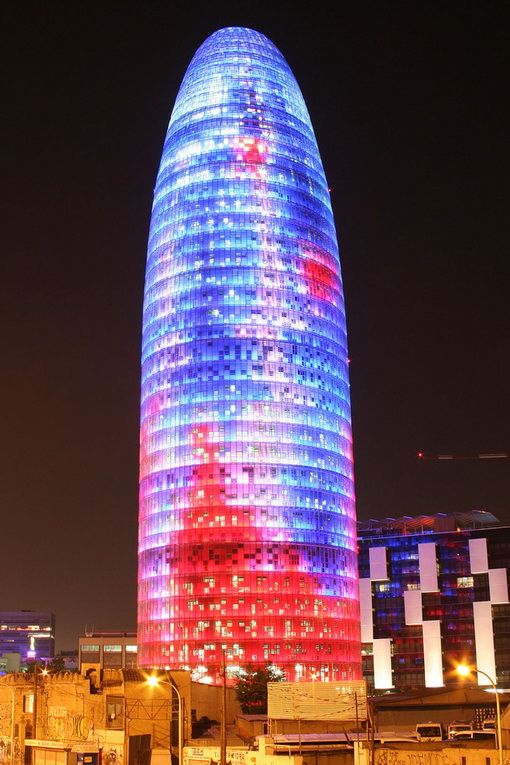
31. Kenzo Tange

Education: University of Tokyo
Notable works: Hiroshima Peace Memorial Park, Plan for Skopje, Tokyo Olympic arenas, St Mary’s Cathedral
Quote: “Designs of purely arbitrary nature cannot be expected to last long.”
Kenzo Tange was the lead architect in the movement of modernism in Japan. Tange didn’t disregard the traditional architecture of Japan though, and he often made a point to incorporate traditional and modern together in his designs. He considered his design of “transitional architectural expressions”.
